The Porsche 911: Best Legacy of Engineering Excellence and Driving Passion
The Porsche 911, a paragon of automotive engineering and design, has captivated driving enthusiasts and car aficionados for decades. Since its inception in 1964, the Porsche 911 has not only defined what a sports car can be but has also evolved through a series of thoughtful updates while retaining the core elements that have made it iconic. This article delves into the history, design, engineering, performance, and cultural impact of the Porsche 911, illustrating why it remains a benchmark in the world of high-performance vehicles.
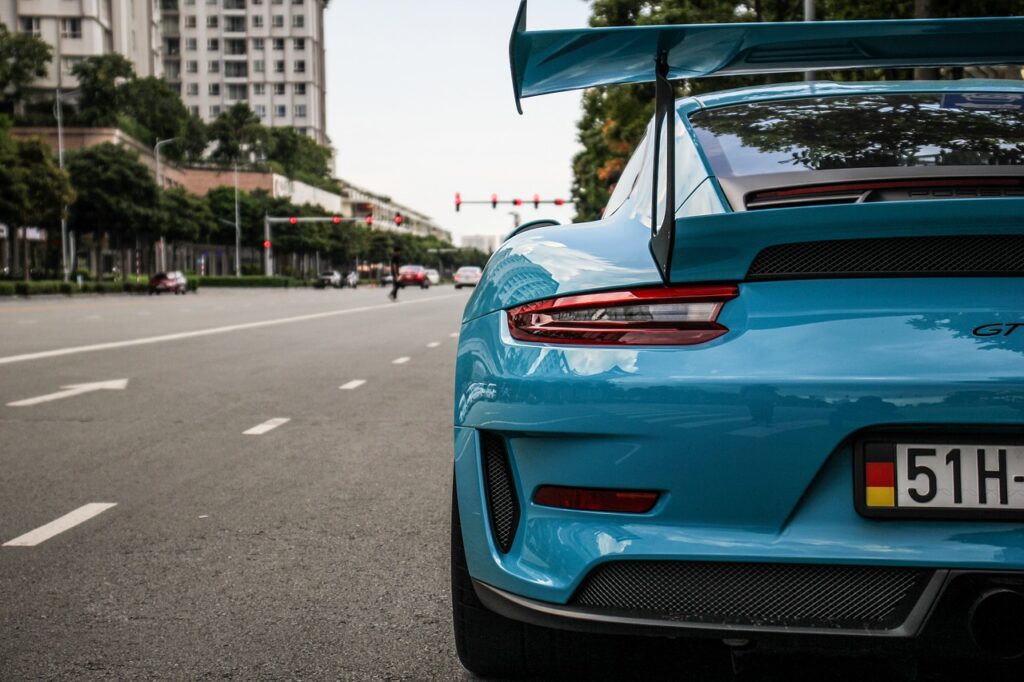
Origins and Historical Context
The story of the Porsche 911 begins with the vision of Ferdinand “Butzi” Porsche, the grandson of the company’s founder, Ferdinand Porsche. In the early 1960s, Porsche sought to replace the aging 356 model, which had been a significant success since its debut in 1948. The 356’s charm lay in its simplicity and lightweight design, but as automotive technology advanced, a more modern successor was needed.
Ferdinand Porsche’s design team set out to create a car that combined innovative technology with the driving pleasure for which Porsche was known. The result was the Porsche 911, introduced to the public at the Frankfurt Motor Show in 1963. With production commencing in 1964, the 911 quickly gained acclaim for its distinctive design and engaging driving experience.
The initial Porsche 911 was powered by a 2.0-liter, air-cooled, flat-six engine that produced 130 horsepower. This engine was mounted at the rear, a design choice that has become one of the 911’s defining features. While the rear-engine layout was unconventional, it contributed to the car’s unique handling characteristics and balance.
Design Philosophy and Evolution
The Porsche 911’s design has remained remarkably consistent over its many iterations, a testament to its timeless aesthetic. The car’s silhouette, characterized by its rounded headlights, sloping roofline, and rear-engine compartment, has become iconic. Despite maintaining this classic shape, each generation of the 911 has introduced subtle design changes to enhance aerodynamics and modernize its appearance.
- Early Generations (1964-1989):
- 1964-1989 (Classic 911): The early 911 models, including the original 911 and its subsequent variants like the 911 S and 911 Turbo, laid the groundwork for the car’s reputation. The classic 911, with its simple lines and functional design, captured the essence of a sports car while ensuring practicality. The introduction of the 911 Turbo in 1974 marked a significant milestone, as it featured a turbocharged engine that boosted performance and established the 911’s reputation as a high-performance vehicle.
- 964 Series (1989-1994):
- Introduction of Modern Features: The 964 series represented a significant leap forward, incorporating features such as all-wheel drive and more advanced electronic systems. The 964 Turbo, with its larger rear wing and improved aerodynamics, continued the 911’s legacy of performance while adding modern comforts.
- 993 Series (1994-1998):
- The Last Air-Cooled Engine: The 993 series is often celebrated for being the last generation to feature the air-cooled engine. This era introduced more refined styling, improved suspension, and enhanced safety features. The 993 Turbo, with its wide body and aggressive stance, remains a favorite among collectors.
- 996 Series (1998-2004):
- Introduction of Water-Cooled Engines: The 996 series marked a departure from the air-cooled engines to a more modern, water-cooled setup. This change was controversial among purists but was necessary for meeting stricter emissions and performance standards. The 996’s design was also updated, featuring a more rounded, contemporary look.
- 997 Series (2005-2012):
- A Return to Classic Styling: The 997 series sought to combine the best aspects of previous generations while modernizing the design. It brought back some of the classic 911 styling cues and improved interior quality. The 997 Turbo and GT3 variants were particularly notable for their performance enhancements.
- 991 Series (2012-2019):
- Advanced Technology and Luxury: The 991 series introduced significant advancements in technology, including improved driver assistance systems, enhanced infotainment features, and more refined driving dynamics. The 991 Turbo and GT3 models continued to push the envelope in terms of performance.
- 992 Series (2019-Present):
- Modern Excellence: The current 992 series represents the latest evolution of the 911, incorporating the most advanced technology while retaining the car’s core characteristics. The 992 offers a range of models, from the base Carrera to the high-performance Turbo S and GT3, each delivering exceptional performance and driving pleasure.
Engineering and Performance
The Porsche 911’s engineering is a blend of tradition and innovation, ensuring that each model delivers a driving experience that is both exhilarating and precise.
- Engine Layout:
- Rear-Mounted Flat-Six: The 911’s rear-mounted, flat-six engine is central to its identity. This layout contributes to the car’s unique handling dynamics and weight distribution. The engine has evolved over the years, with modern variants featuring turbocharging and advanced materials for improved performance and efficiency.
- Suspension and Handling:
- Advanced Suspension Systems: Each generation of the 911 has seen improvements in its suspension system. The introduction of features like Porsche Active Suspension Management (PASM) and rear-wheel steering has enhanced the car’s agility and stability. The 911’s handling is often described as precise and communicative, making it a favorite among driving enthusiasts.
- Performance Variants:
- Carrera Models: The base Carrera models offer a blend of performance and everyday usability. The Carrera S and Carrera 4S provide additional power and all-wheel drive, catering to those who seek a more dynamic driving experience.
- Turbo Models: The 911 Turbo and Turbo S are designed for those who demand high levels of performance. These models feature turbocharged engines and advanced aerodynamics, delivering impressive acceleration and top speeds.
- GT Models: The GT3 and GT3 RS models are track-oriented variants that focus on lightweight construction and high-revving engines. These models are designed for enthusiasts who crave an uncompromising driving experience.
Cultural Impact and Legacy
The Porsche 911’s influence extends beyond its technical achievements. It has become a cultural icon, appearing in films, television shows, and video games. The 911’s image as a symbol of luxury and performance has made it a desirable vehicle for collectors and enthusiasts worldwide.
- Motorsport Success:
- Endurance Racing: The 911 has a storied history in motorsport, including numerous victories in endurance racing events like the 24 Hours of Le Mans and the World Rally Championship. The car’s success on the track has reinforced its reputation for durability and performance.
- Pop Culture:
- Media Appearances: The Porsche 911 has featured prominently in various forms of media, from movies like “The Italian Job” to video games such as the “Gran Turismo” series. Its presence in popular culture has cemented its status as an icon of automotive excellence.
- Collectibility and Community:
- Enthusiast Community: The 911 has a dedicated following among car enthusiasts and collectors. Its history, performance, and distinctive design make it a sought-after model in the classic car market. The Porsche Club of America and other organizations provide a platform for enthusiasts to celebrate and share their passion for the 911.
Future of the Porsche 911
As the automotive industry continues to evolve, the Porsche 911 faces new challenges and opportunities. The shift towards electrification and sustainability is influencing how sports cars are designed and produced. Porsche has already begun exploring hybrid and electric powertrains, and it is likely that future iterations of the 911 will incorporate these technologies while preserving the car’s core driving characteristics.
The 911’s enduring appeal lies in its ability to blend tradition with innovation. As Porsche continues to push the boundaries of technology and performance, the 911 will undoubtedly remain a symbol of automotive excellence and a testament to the company’s commitment to driving passion.
Conclusion
The Porsche 911 is more than just a sports car; it is a symbol of engineering brilliance and driving pleasure. Its evolution over the decades reflects the balance between maintaining a storied legacy and embracing modern advancements. From its distinctive design to its thrilling performance, the 911 has captured the hearts of enthusiasts and drivers around the world. As it continues to evolve, the Porsche 911 remains a benchmark for what a sports car can and should be—a true testament to the art and science of driving.
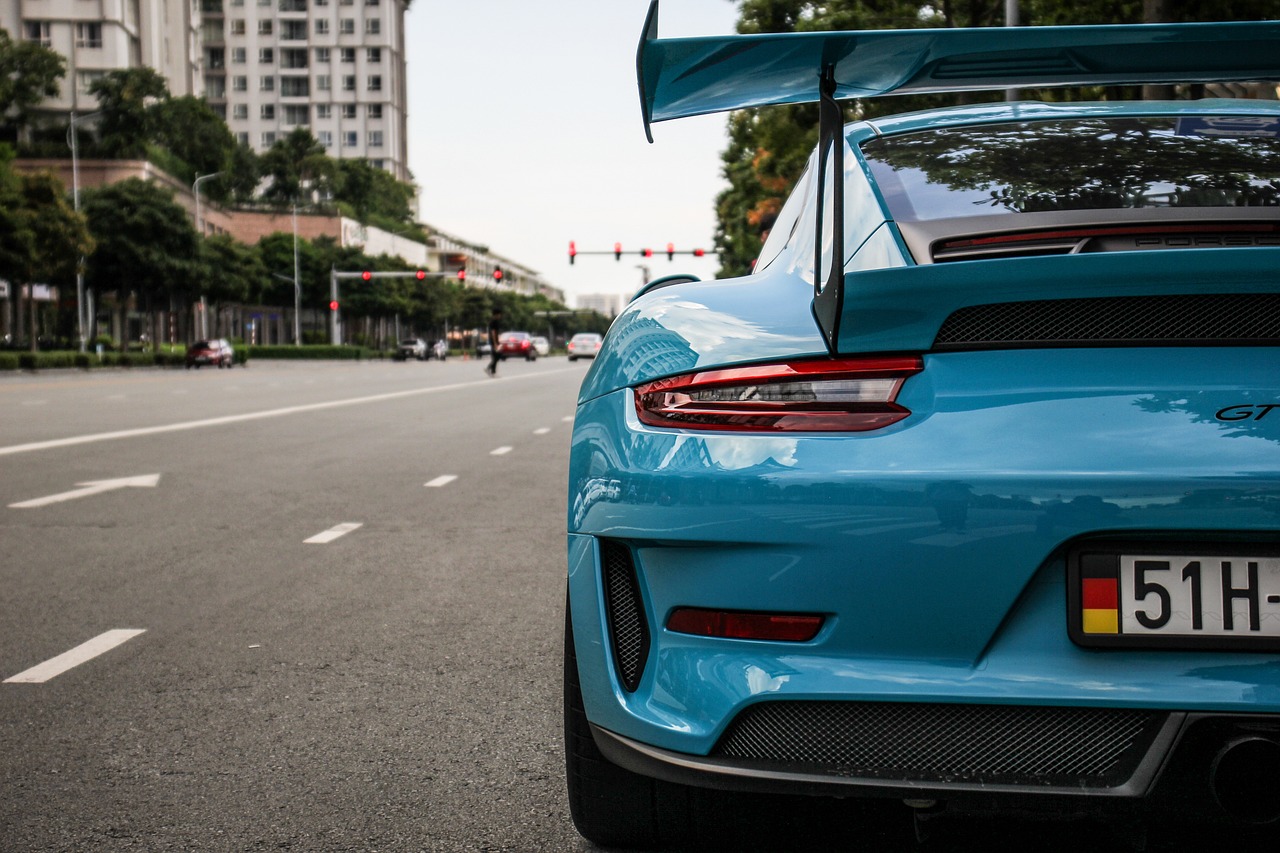
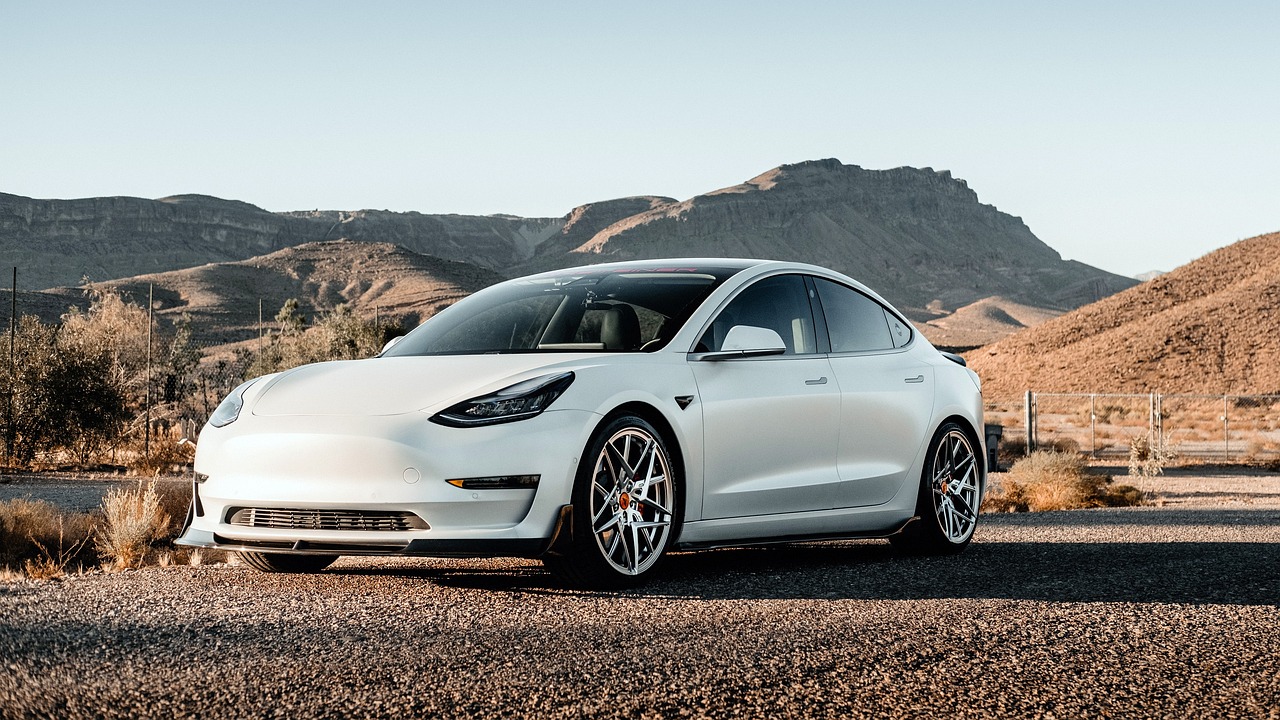
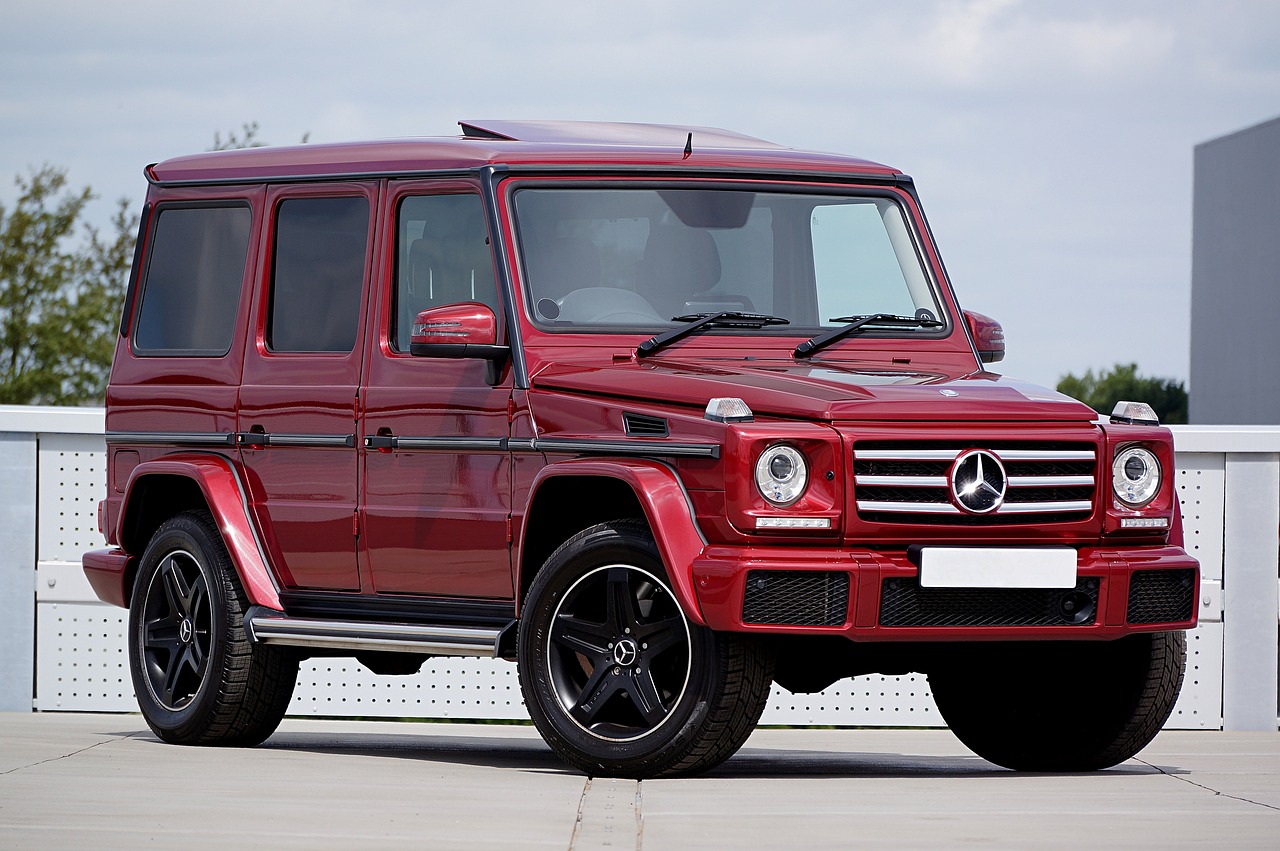
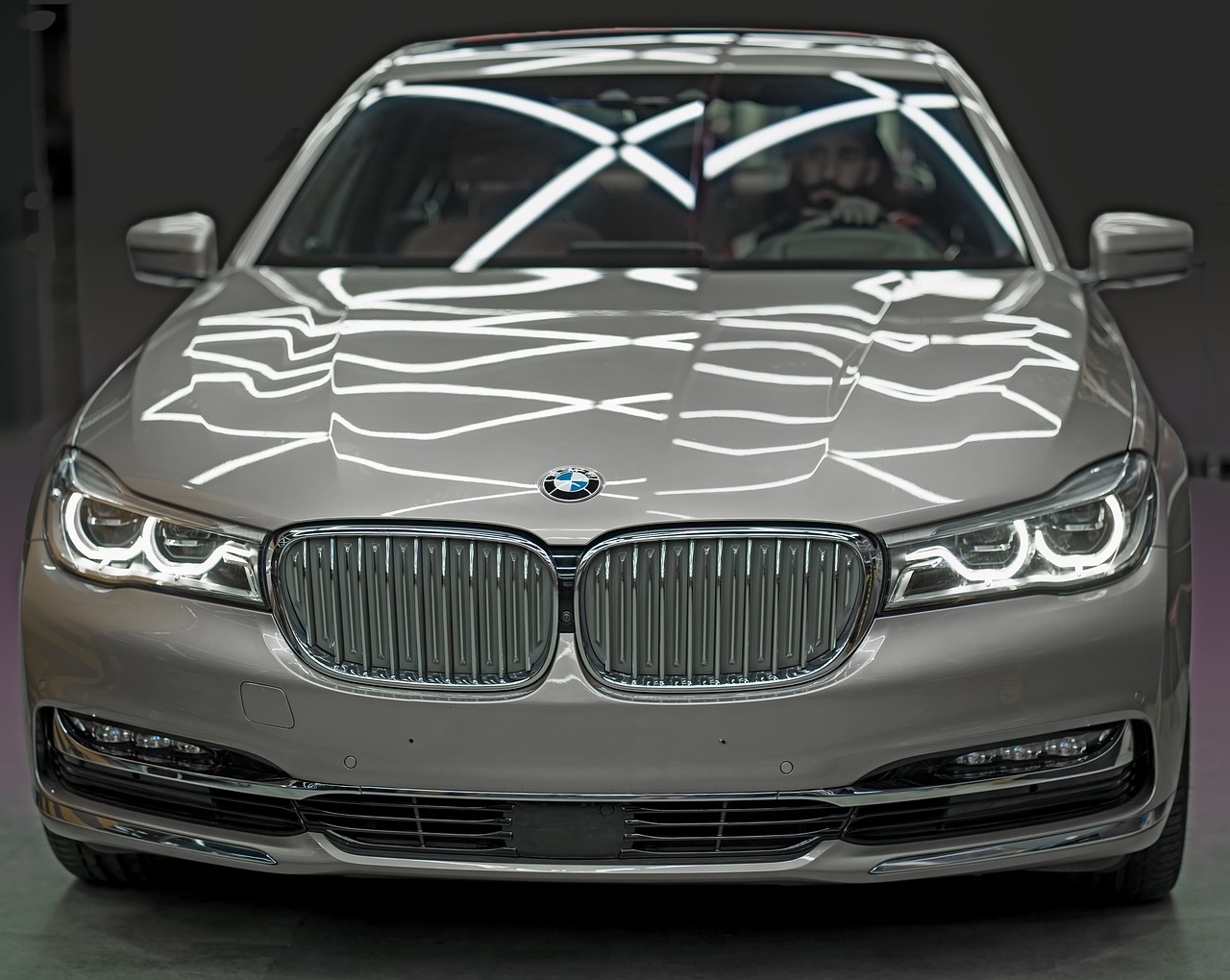
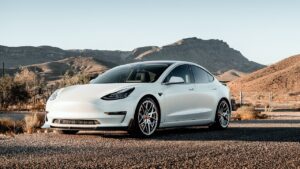

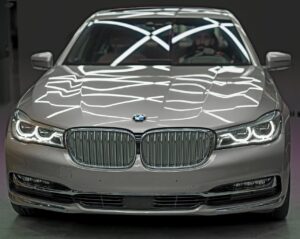
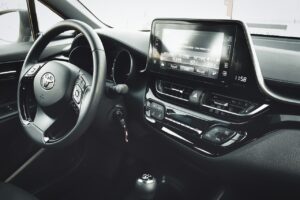
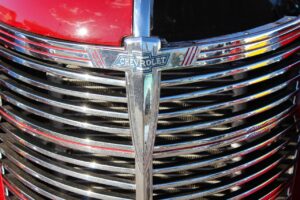
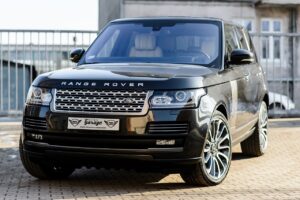


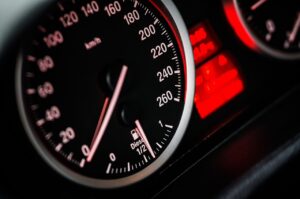
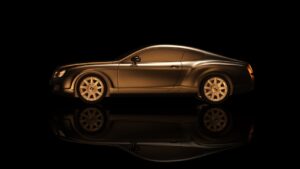
Post Comment